Mankind has always been curious about the night sky. In ancient times representations of the universe have been created, with objects that could represent stars and planets. Humans saw the stars not only to guide themselves as navigators, but also to elaborate the first calendars.
Astronomy is one of the first sciences. With the invention of the telescope and the development of new techniques, astronomers were able to enter the universe more and more.
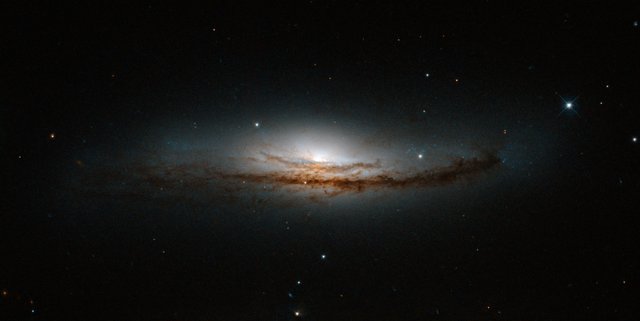
Seyfert Galaxy. Credits:NASA/ESA-Hubble
So that they can understand the concept of one of the greatest enigmas of the universe we must return to the past and review the most important theories.
Isaac Newton
Científico Británico
In the seventeenth century he wrote his work of Universal Gravitation, his famous story of the accidental fall of the apple, was what gave him the idea.
Newton, defined the gravitation as:
"The force that a body exerts on another body with mass"

John Michell
Geologist and English astronomer
In the eighteenth century, in a lecture he delivered a theory in which he claimed that the rays of the sun and other stars reach the earth only because light is able to escape its gravitational attraction . Applying Newton's laws, he calculated that a star could become so dense that it would not allow its own rays of light to escape and that's why they appeared black. He called these types of objects, black stars.
Pierre Laplace
Mathematician, Astronomer and French Physicist
He thought that in the universe there could be stars with a gravitational force so big that even light could not escape it , although he could not develop the concept there is the precursor idea of the black hole.
Albert Einstein
German physicist
One of the most famous scientists of the twentieth century, revolutionized the world of physics with its General Theory of Relativity that replaced the gravitational physics of Newton. He discovered that time and space were inseparable , and combined them under his theory called Space-Time .
Gravity instead of being considered as a force, can be understood as a deformation of space-time, that is, objects with mass deform space-time modifying the trajectory of other objects. That is why the planets orbit the sun, for example.
Karl Schwarzschild
Physicist and German astronomer
This scientist set out to solve the so-called field equations proposed by Einstein and found something very surprising.
As we can notice, when jumping we fall again, when we throw a ball upwards, it falls again. This is because he does not have enough momentum to leave the planet. A rocket needs 11.2 km / s to escape from our planet, this is called escape velocity.
--
Karl discovered that the speed of escape depends mathematically on the
mass as the size of the object that you want to escape The larger the mass or the smaller the radius, the greater the escape velocity. If the object is small enough, more than
300,000 km/s would be needed, so that even light could not escape. This theoretical phenomenon was called
black hole.
First contact...
In the 1960s a powerful signal was received near the Cygnus Constellation. This discovery became the first case of detection of a black hole,
Cygnus X1 a binary system.
One of the two stars collapses forming a black hole and orbits around its cosmic neighbor while devouring it slowly. The attracted matter revolves around the black hole and generates a very intense radiation, meanwhile two jets of plasma are projected towards the universe.
Often these jets outnumber the same galaxy. The so-called active nuclei of galaxies are super massive black holes located in the center of the galaxies that feed on matter, some are so luminous that it could be compared with quasi-stellar stars hence the name with which they are currently known,
Quasar.
 Cygnus X1 binary system. Credits: NSA/Hubble
Cygnus X1 binary system. Credits: NSA/Hubble
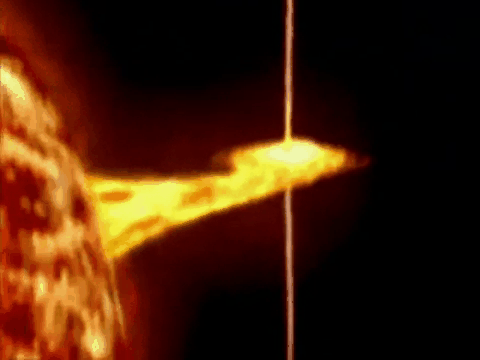 Cygnus X1 binary system. Credit: Gif Hubble
Cygnus X1 binary system. Credit: Gif Hubble
The Cygnus X1 event is a way to create a black hole. But there are other ways, one of which is what I will explain next...
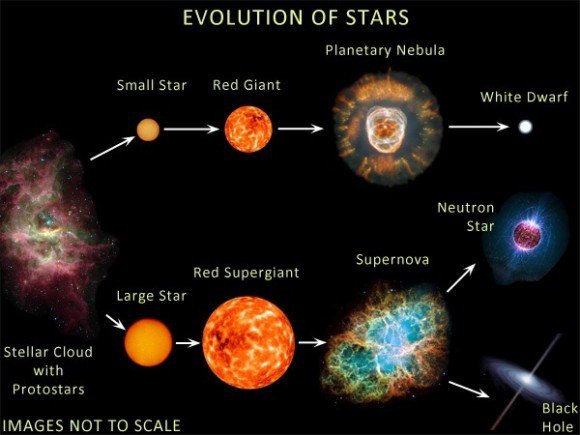 source
source
Imagine a star much larger than the sun, with its extremely large gravitational attraction but also the atomic forces that push the mass outward.
That makes the size of the star remain stable, but after several million years the star consumes all its atomic fuel.
There is nothing that pushes out and then, suddenly... BUUM!! it collapses on itself. First it explodes in the form of a supernova to later become a black hole, then everything that passes through the event horizon never comes out.
But... what happens in the Event Horizon?
Imagine now that in the event horizon an astronaut falls, inside a black hole it would accelerate until reaching the speed of light when all the effects of general and special relativity would come into force. So time would slow down and the astronaut would increase more and more in mass.
For an external observer, time would pass so slowly that it would seem an eternity, because when the astronaut arrives at the horizon of events, time almost stops. In addition, radiation in the form of X-ray and gamma rays emitted by the black hole would cause the astronaut to die long before reaching the event horizon.
Werner Zeilinger
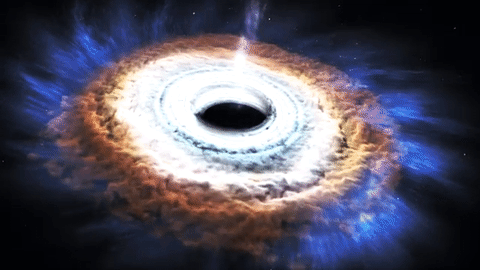 gif source
gif source
If the hole is black, how can they detect it in the universe?
A black hole would be almost invisible in the dark background of the universe, but it is not impossible to detect it. When black holes are born they produce gravitational waves that are possible to detect them, also when they pass close to a celestial body deforming their light, also when these black holes are "devouring" they produce X-rays that are also detected by space telescopes.
Gif Source
 Gif Source
Gif Source
In the galactic center of our Milky Way, there is also a black hole of about 2.6 million solar masses that astronomers called Sagittarius A. It was possible to detect it from the observation of a group of stars that turned to a dark point to more of 1500 km/s.
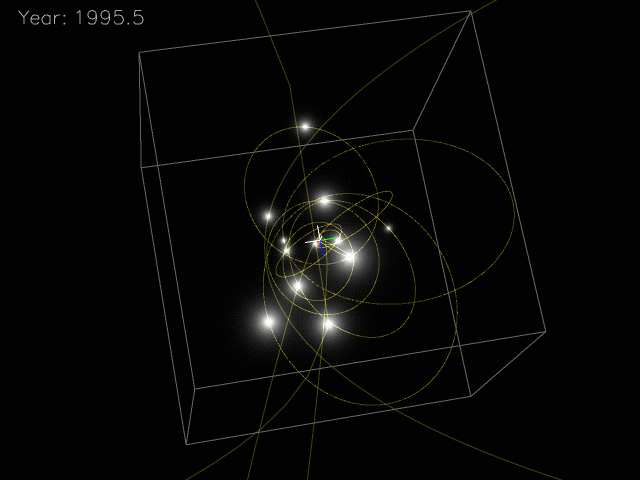
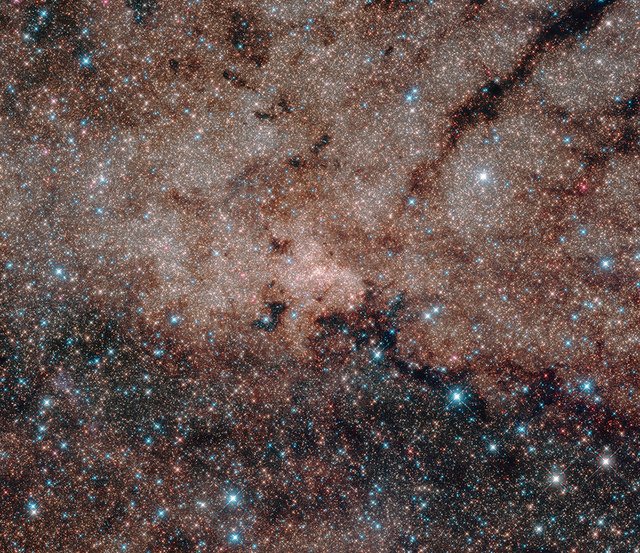
Heart of the Milky Way Galaxy. Credit: NASA - Hubble
Undoubtedly, black holes are one of the most destructive, fascinating and mysterious phenomena of our universe.
In our universe could there be another a phenomenon similar to a black hole that can teleport us to another place in the Universe? Wormhole?
Gif Wormhole
Sources:
1. Milky Way - Wikipedia 2. Cosmos - Black Holes 3. Institute of Theoretical Physics 4. Black Hole 5. Documentary-Black Holes 6. ABC.es 7. Black Holes - Wiki

 Issac Newton. credits:Wikipedia
Issac Newton. credits:Wikipedia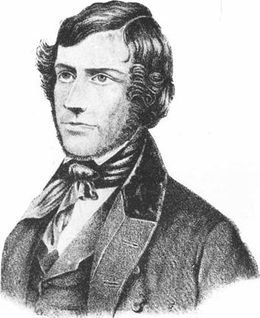
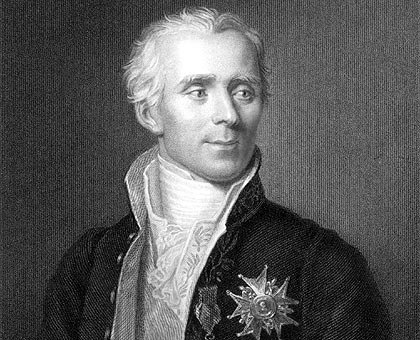
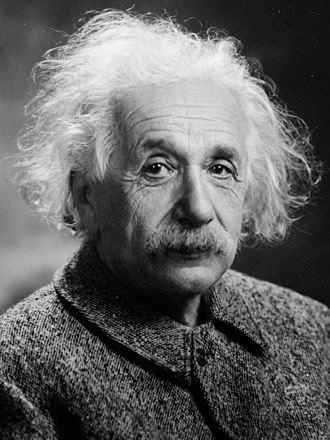
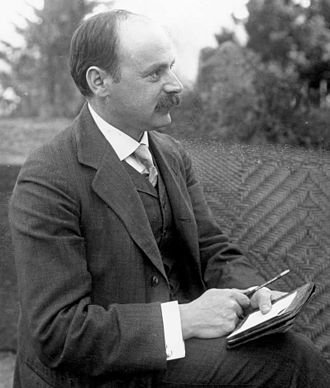




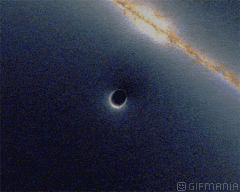



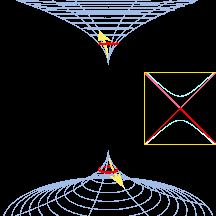
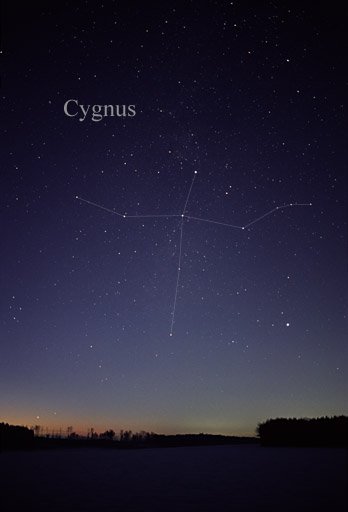
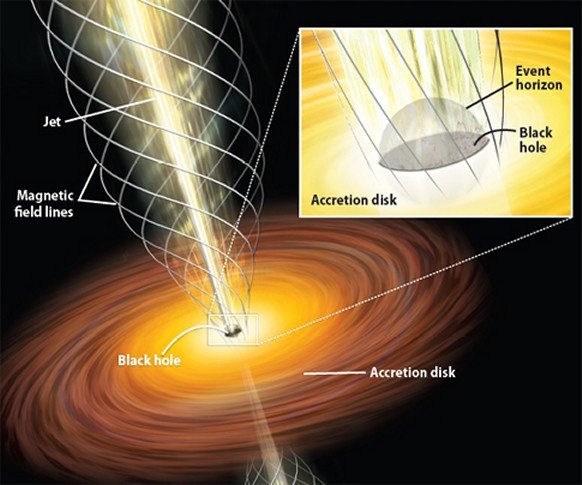
Great article...you were my first upvote congrats! Ive believed since a young age of 7 that one of the ways to time travel is possible via blackholes...away to punch a hole thru the fabric of spacetime, to bend space to make 2 points meet that never been on the same side of the spectrum.a man of the age of 32 now, Ive spent countless hours peering up at thr night skies wondering who may be peering back, space is to big and abundant for it to be only us and anyone to believe it is just us must be living under a rock and just plain ole naive.
Downvoting a post can decrease pending rewards and make it less visible. Common reasons:
Submit
Some believe that this can happen through a wormhole, teleport to another universe or another galaxy. According to some theories it is possible but nothing is proven. The universe is mysterious, maybe we can travel in time in a different way that has not been discovered yet.
Downvoting a post can decrease pending rewards and make it less visible. Common reasons:
Submit
A star can be converted in black hole when it crosses the CHANDRA SHEKHAR limit ....this limit was on the name of Indian scientist subrmanyam Chandrasekhar .
Downvoting a post can decrease pending rewards and make it less visible. Common reasons:
Submit
I really did not know. Thank you for sharing this additional information.
Thank you very much, have a happy day!
Downvoting a post can decrease pending rewards and make it less visible. Common reasons:
Submit
For more information , please upvote and follow me
Downvoting a post can decrease pending rewards and make it less visible. Common reasons:
Submit
Amazing article and astonishing pictures. It is really informative.
Thank you! It is always great to see so many people fascinated by science.
Downvoting a post can decrease pending rewards and make it less visible. Common reasons:
Submit
I try in my post to place amazing images and good quality. I'm glad you liked my friend. Greetings!
Downvoting a post can decrease pending rewards and make it less visible. Common reasons:
Submit
excelencia esos son los buenos ejemplos a seguir,,,
urrrrraaaa oscar por esos puntos positivos
Downvoting a post can decrease pending rewards and make it less visible. Common reasons:
Submit
Science is so fascinating. Good educational post, the history covering the different scientists like Einstein was interesting to read :)
Downvoting a post can decrease pending rewards and make it less visible. Common reasons:
Submit
The universe is fascinating and mysterious. There is a lot of history to tell.
Thank you very much, I'm glad you liked it.
Happy day!
Downvoting a post can decrease pending rewards and make it less visible. Common reasons:
Submit
I love reading quality educational posts, yours was really good. Sharing knowledge and information can make a big difference for others :)
Downvoting a post can decrease pending rewards and make it less visible. Common reasons:
Submit
Waaaaa te has botado literalmente, no me digas que eres un genio?
Downvoting a post can decrease pending rewards and make it less visible. Common reasons:
Submit
No soy un Albert Einstein, pero si me gusta la ciencia. jejeje
Downvoting a post can decrease pending rewards and make it less visible. Common reasons:
Submit
me he podido dar cuenta de eso jajaja
Downvoting a post can decrease pending rewards and make it less visible. Common reasons:
Submit
it is only imagination
Downvoting a post can decrease pending rewards and make it less visible. Common reasons:
Submit
The more you learn, the more you realize how little you know.
Good post.
Downvoting a post can decrease pending rewards and make it less visible. Common reasons:
Submit
Fun fact:
The scientific term for an object being sucked and stretched into a black hole is called spaghettification (also called noodle effect).
Downvoting a post can decrease pending rewards and make it less visible. Common reasons:
Submit